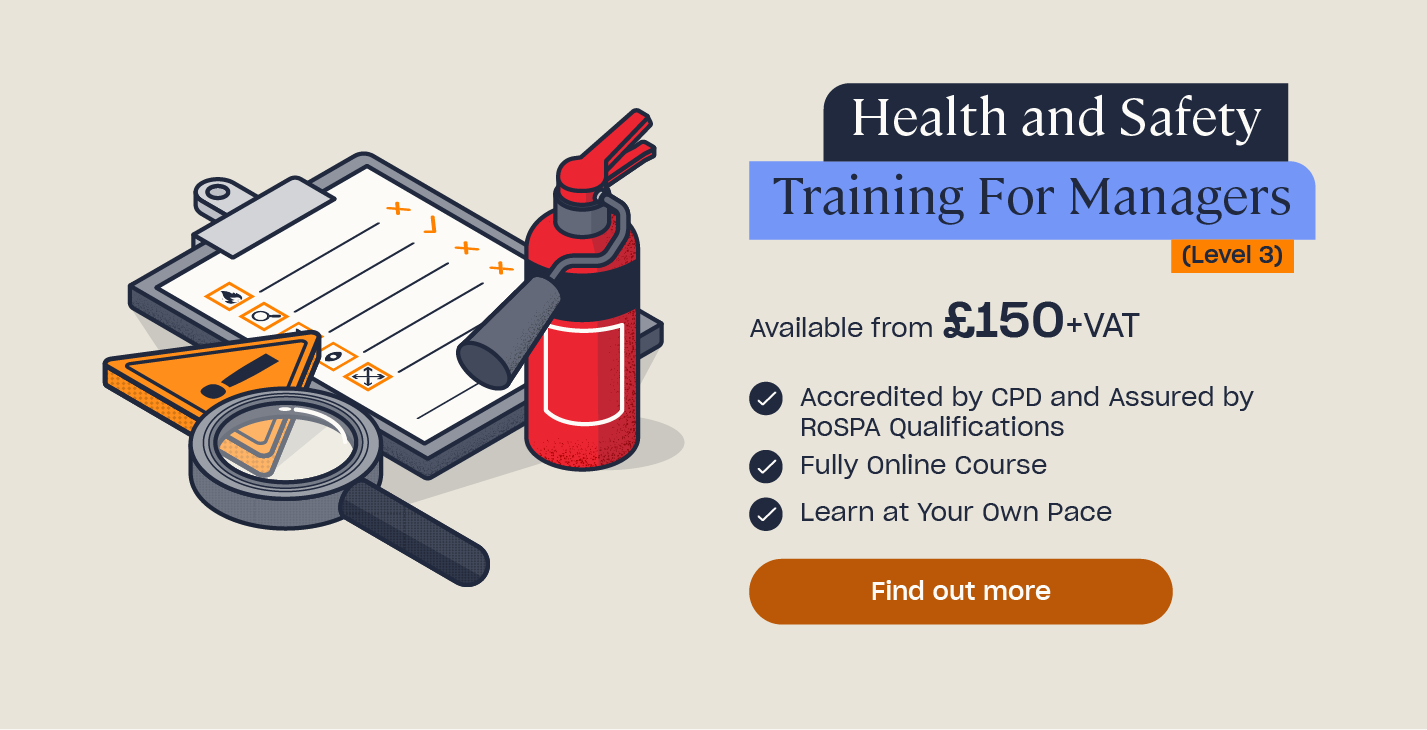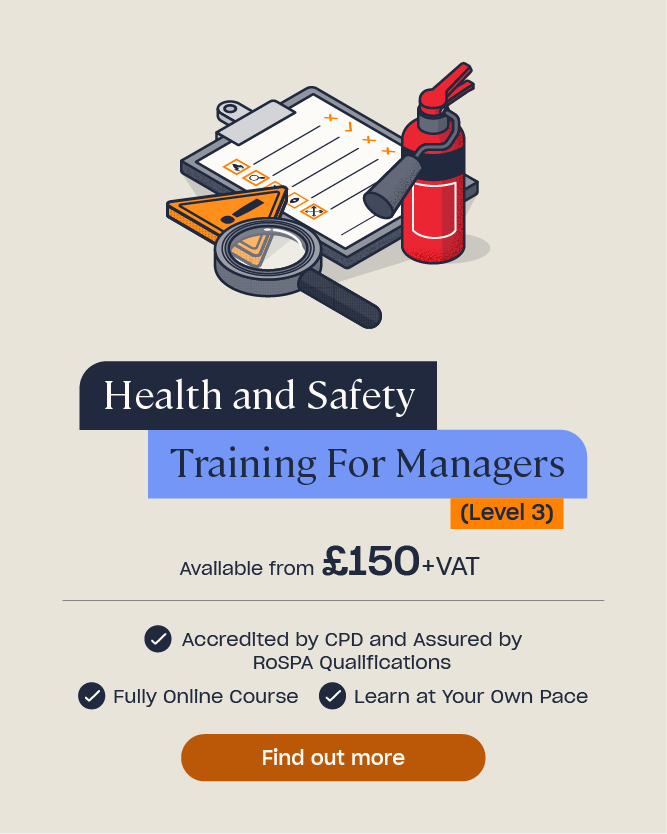UKCA Marking: Requirements and Changes
Conformity markings are important, as they demonstrate that the product has been designed and manufactured in accordance with health and safety requirements. The most well-known conformity marking is CE, which is used on all sorts of items in Europe to demonstrate conformity.
However, as a result of Brexit, the CE mark is being phased out of use for products supplied in Great Britain. Two new markings are being gradually phased in as a result. For Great Britain (England, Scotland, and Wales), the new conformity marking is UKCA. In Northern Ireland, CE can continue to be used, but there is also a new conformity marking for products that have undergone mandatory third-party conformity assessment by a body based in the UK, and that are supplied in Northern Ireland. This is the UKNI marking.
It’s important that manufacturers, suppliers, and employers understand the UKCA and UKNI marking requirements, and from what dates the new rules are in effect. For manufacturers, the rules impact what markings they should be placing on their products; for suppliers, it affects what they can and can’t supply at certain points in time; and for employers, it affects what they can and can’t purchase from suppliers and use for their business.
This article was updated in January 2023 and explains the rules applicable to the use of the UKCA mark at that date. It also explains the guidance on UKNI, which is different to UKCA. In November 2022, the UK Government extended the deadline for when businesses need to use the UKCA marking. This article has been updated to reflect that extension.
What is the UKCA Mark?
UKCA is the new conformity marking that is replacing the use of CE in Great Britain.
As a result of Brexit, the UK Government now requires those who manufacture or supply equipment for sale in Great Britain (England, Scotland and Wales) to transition to using the UKCA mark of conformity, instead of CE, on new products to which the conformity marking rules apply.
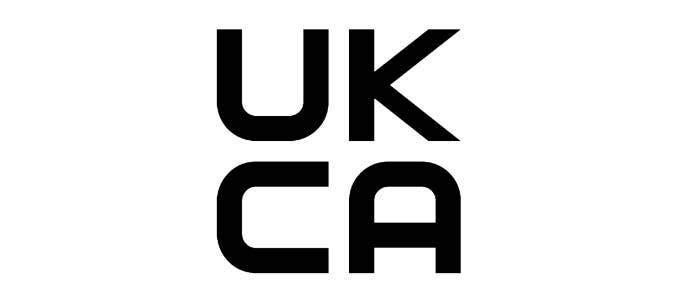
It indicates that the product has been designed and manufactured in accordance with essential health and safety requirements.
UKCA covers most products which previously required the CE marking, known as ‘new approach’ goods. It also applies to aerosol products that previously required the ‘reverse epsilon’ marking. Some products will have their own special rules surrounding markings and conformity however, such as medical devices.
Why is the CE Marking Being Phased Out?
As a result of Brexit, many EU requirements are being incorporated into UK legislation. The new UKCA mark is therefore an administrative change for products that are conformity assessed in Great Britain, which can only be supplied there. Similarly, the new UKNI marking only applies to Northern Ireland (though CE is still also used for Northern Ireland products, which we will look at later in the article).
The CE marking is only valid in Great Britain until the UKCA requirements fully come into effect, as described below. This also means that the UKCA marking is not recognised on the EU market. Products need a CE marking alone if they are going to be sold in the EU. They cannot carry the UKCA or UKNI markings, as UK conformity assessment bodies cannot carry out mandatory conformity assessments for products being placed on the EU market.
What are the UKCA Marking Requirements?
From the 1st of January 2025, all new products supplied in Great Britain must be marked with UKCA, or be accompanied by documentation that is marked with it. The UK Government advises that manufacturers should start using the UKCA marking as soon as possible, to ensure they meet the deadline.
Until then, it is permitted for new products to be either CE or UKCA marked. CE marked equipment that is already in circulation can therefore still be supplied until the 31st of December 2024, and it can continue to be used by employers until it needs replacing if it was supplied before that point.
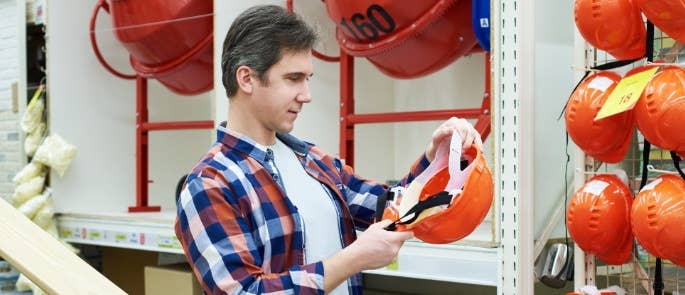
For example, if an employer purchases an item of PPE on the 31st of December 2024, it can carry the CE marking, and this PPE can still be used even in 2025. Once the PPE needs replacing however – for example, if it breaks in April 2025 – it must be replaced with an item of PPE that carries the UKCA marking, or comes with documentation that does.
The Health and Safety Executive states that the UKCA marking must be used for products if it:
- Is going to be sold in the GB market (England, Scotland, and Wales).
- Is covered by legislation which requires the UKCA marking (e.g. the Provision and Use of Work Equipment Regulations 1998, which requires equipment to conform at all times with any essential requirements).
- Requires mandatory third-party conformity assessment.
- The conformity assessment is carried out by a UK conformity assessment body.
There is a wide range of products to which the UKCA marking rules apply. The HSE lists the following examples:
- Machinery.
- Lifts.
- Pressure equipment.
- Gas appliances.
- Personal protective equipment (PPE).
- Low-voltage electrical equipment.
- Equipment for use in potentially explosive atmospheres.
A full list can be viewed on the UKCA Government page.

The technical requirements (‘essential requirements’) that must be met for UKCA marking, as well as the conformity assessment processes and standards used to demonstrate conformity, are mostly the same as they were for the CE marking.
Additionally, the circumstances in which self-declaration can be used is the same as it was previously for the CE marking. For example, Category I pressure equipment, covered by the Pressure Equipment (Safety) Regulations 2016, is within the scope of products that can have self-declared conformity for UKCA marking.
As mentioned earlier, there are different rules for certain products, including:
- Medical devices.
- Construction products.
- Cableways.
- Unmanned aircraft systems.
- Marine equipment.
- Transportable pressure equipment.
- Rail products.
It’s therefore important you look into the individual rules for these products if you manufacture, supply, or purchase them, and to keep following updates about the markings. There are government pages for some of these, such as for medical devices, that provide guidance.
What Are the UKNI Marking Requirements?
Similar to the UKCA mark, a new marking has been introduced for Northern Ireland. This is the UKNI marking, which is used in conjunction with an EU conformity marking. The Northern Ireland Protocol came into force as of the 1st of January 2021, so the rules for using this marking are now fully in effect.
In Northern Ireland, EU conformity markings continue to be used to show that goods meet EU rules. For most manufactured goods, this is the CE marking. However, the UKNI marking is for products placed on the market in Northern Ireland which have undergone mandatory third-party conformity assessment by a body based in the UK. It must be placed on the product alongside an EU conformity marking, such as in conjunction with CE. It must not be used on its own.
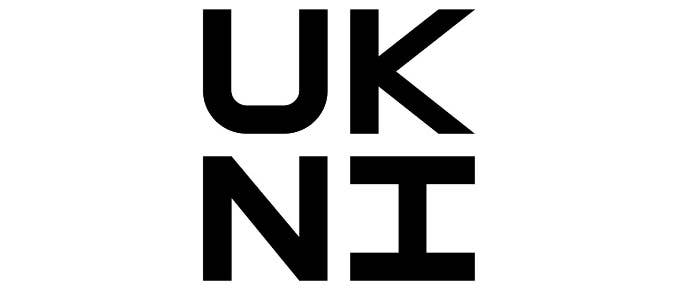
The UKNI marking can’t be used if the product is going to be placed on the market in the EU, or if a mandatory third-party conformity assessment is carried out by an EU body. In that case, it should just have CE.
These marking rules apply to most products – you can see a full list on this government page. However, like UKCA there are some products that have special rules, including medical devices, rail interoperability, and civil explosives.
How to Use the UKCA and UKNI Markings
This section of the article further explains how the UKCA and UKNI markings should be used, particularly by manufacturers. It is broken down into three categories: manufacturer duties, supplier duties, and the duties of employers who purchase products that should carry one of the markings.
Manufacturer Duties
Before putting a conformity marking onto a product, manufacturers or their authorised representative must follow the conformity procedure required for that product and the requirements of any relevant legislation. This usually involves carrying out a risk assessment, considering all the essential requirements relevant to the product, and ensuring these have been met.
Manufacturers can usually do this themselves, as long as they have the necessary expertise and they consult specialists where needed. Some products will require the use of a conformity assessment body, however. There is guidance and some set standards that can be reviewed to support this process.
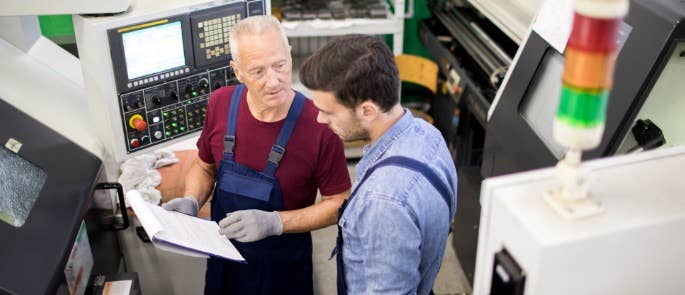
Once conformity has been established, the relevant marking can be placed on the product.
In most cases, manufacturers in the UK must put the UKCA or UKNI and CE marking directly on the product or packaging. If they are supplying to the EU, it must carry CE alone. There are some circumstances where it can be on manuals and other documentation, such as if the product is too small for the marking to be placed on it (e.g. ear plugs for hearing protection).
In terms of applying markings, manufacturer duties for the UKCA and UKNI markings are as follows:
- The marking must only be placed on the product by the manufacturer or an authorised representative. The manufacturer takes full responsibility for the product’s conformity.
- The marking can only be placed on products that have a specific requirement to do so in relevant legislation, and in accordance with the rules required of them.
- The manufacturer must not place another type of marking or sign on the products in a way that could lead to the meaning or form of the marking being misconstrued by third parties. Markings must not be obscured by other markings.
- The marking must be proportionate to the standardised one set out and measured on the government pages for each marking. They must be at least 5mm in height for the whole logo (not the individual letters), unless relevant legislation for the product states a different measurement. The colour does not have to be solid as long as it is still visible and matches the required proportions. It must be permanently attached, i.e. should not be a removable sticker.
- The manufacturer or representative must keep documentation that demonstrates the product conforms with the regulatory requirements. A UK declaration of conformity is required for products that have the UKCA marking. An EU declaration of conformity is required for products lawfully carrying a CE marking, whether it is accompanied by UKNI or not.
Supplier Duties
As of January 2025, suppliers of products for Great Britain must ensure their products carry the UKCA marking where required. They must also ensure that the necessary documentation comes along with it, as described above, and that they supply this to the purchaser with the product.
As of January 2021, suppliers of products that have undergone mandatory third-party conformity assessment by a body based in the UK, but are placed on the market in Northern Ireland, must have the UKNI marking alongside an EU conformity marking, such as CE. The necessary documentation must come with it and be supplied with the product.
Employer Duties
Employers in Great Britain must ensure that any products they purchase carry the UKCA marking where required (in line with the January 2025 deadline). As discussed earlier, the marking should be printed on the product or, where that isn’t possible, on accompanying documentation.
Employers in Northern Ireland must ensure that any products they purchase either carry the UKNI and CE marking, or just the CE marking, as required. This is in effect as of January 2021.
Additional Guidance from the UK Government and the Health and Safety Executive
There are a lot of rules to understand about the UKCA and UKNI markings. We have covered the main areas in this article, but if you still require further information then you may wish to visit the following pages:
- Using the UKCA Marking
- Placing Manufactured Goods on the Market in Great Britain
- Using the UKNI Marking
- Placing Manufactured Goods on the Market in Northern Ireland
- HSE UKCA Marking FAQ
As a result of the UK leaving the European Union, rules around conformity markings have changed. It’s important for you to understand these as a manufacturer, supplier, or employer purchasing products for your work, and we have explained the main aspects of these rules changes throughout this article to help you with this. Staying on top of the changes will ensure you can produce, sell, and purchase equipment that is in line with health and safety requirements.
Further Resources:
- Health and Safety Training For Managers
- How to Become a Health and Safety Officer: Key Roles and Responsibilities
- Guidance on the PPE at Work Regulations: Responsibilities and Changes


